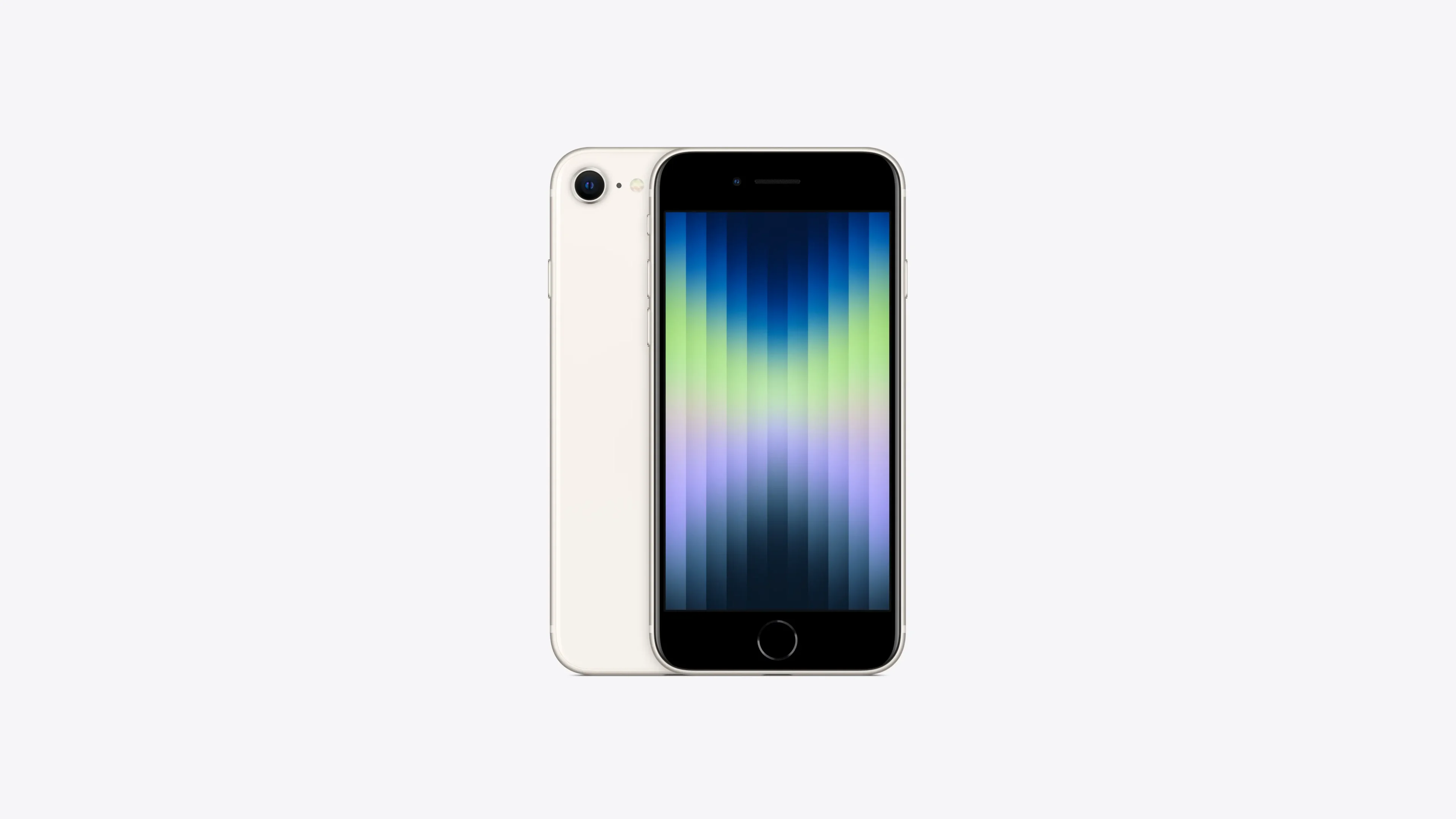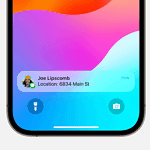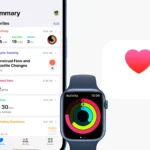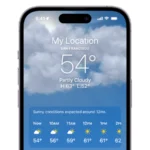Apple will stop selling the iPhone SE (3rd generation) and iPhone 14 in the European Union by January 2025. This follows a new law that requires smartphones in the region to have USB-C charging ports. Because of this law, Apple plans to end sales of the iPhone SE3 and standard iPhone 14 models in Europe. Both of those phone models have lightning port connectors for charging (which is not in compliance with the new regulation).
This decision is likely due to the cost of redesigning older models and a strategy to focus on the newer iPhone 15/16 and upcoming 17 series, which all have USB-C ports worldwide. This change affects European consumers, who will need to choose between newer models or other devices. It also shows a shift in Apple’s approach to connectivity, which may lead to new developments in charging technology.

Apple’s Response to EU’s USB-C Mandate: Discontinuing Select iPhone Models
The EU’s USB-C Law: A Quick Overview
The European Union has mandated that by the end of 2024, all new mobile phones, tablets, and cameras sold within its borders must use the USB-C charging port. This law aims to reduce electronic waste and make charging more convenient for consumers. This means Apple must change the charging port on its iPhones from Lightning to USB-C to comply.
Why Discontinue the iPhone SE3 and iPhone 14?
Apple is expected to comply with the EU law by releasing new iPhone models with USB-C ports. However, reports suggest Apple will discontinue the iPhone SE3 and standard iPhone 14 in Europe. The reason is likely twofold:
- Cost Efficiency: Updating older models like the SE3 with USB-C would require redesigning the devices, which is costly. It’s more efficient for Apple to focus on new models.
- Streamlining the Product Line: By discontinuing the standard iPhone 14, Apple can push consumers towards the newer iPhone 15 models, which will feature USB-C.
What About the iPhone 15?
The upcoming iPhone 15 series is widely expected to feature USB-C ports globally, not just in Europe. This is a significant change for Apple, which has used its proprietary Lightning connector since 2012.
Impact on Consumers
For European consumers, this means the iPhone SE3 and standard iPhone 14 will no longer be available for purchase from Apple directly or authorized retailers. They will need to choose between the newer iPhone 15 models (with USB-C) or other available iPhone models, if any are sold with adapters.
What This Means for Apple’s Global Strategy
While the EU law directly affects Europe, Apple’s decision to switch to USB-C for the iPhone 15 globally suggests a broader shift. It’s unlikely Apple would produce separate iPhone versions with different charging ports for different regions.
Alternative Charging Solutions
While the focus is on wired charging, wireless charging remains an option for iPhones. All recent iPhone models support Qi wireless charging.
Looking Ahead: The Future of iPhone Connectivity
The shift to USB-C marks a significant change for Apple and its iPhone lineup. It aligns Apple with industry standards and offers consumers more convenience. It also raises questions about the future of connectivity on Apple devices, with some speculating about a potential move towards completely wireless charging in the future.
Short Summary:
- Apple will halt sales of iPhone SE (3rd gen) and iPhone 14 models in the EU to comply with USB-C legislation.
- The EU’s decision aims to standardize charging ports, thus reducing electronic waste and simplifying consumer experiences.
- Existing users of these devices will not be affected, while Apple prepares to introduce new models with USB-C capabilities in 2025.
In a significant move to comply with the European Union’s regulations, Apple has announced that it will be discontinuing the sales of the iPhone SE (3rd generation) and iPhone 14 in Europe by the end of this year. This decision comes as the EU prepares to enforce a directive mandating all smartphones sold within its borders to utilize USB-C charging ports, replacing the longstanding Lightning connector utilized by Apple in many of its previous models.
The European Parliament initially passed legislation to standardize USB-C as the required charging port for a variety of electronic devices back in October 2022. The aim of this regulation is to minimize electronic waste while enhancing user convenience, allowing consumers to utilize a single charging cable for multiple devices. As the policy goes into effect, Apple will not be able to sell any of its devices equipped with the Lightning port to consumers in the EU.
“Reducing e-waste and simplifying the charging experience for consumers are crucial goals of the EU’s initiative,” said a representative from the European Commission.
With the introduction of the iPhone 15 lineup in 2023, Apple made a significant shift by adopting USB-C technology across its smartphone offerings. However, devices like the iPhone SE (3rd gen) and iPhone 14, which still feature the Lightning port, remain available in Europe until now. According to reports from the French Apple blog iGeneration, Apple will soon be pulling these products from its online and retail stores in the EU to meet the upcoming deadline.
Despite the discontinuation of these models in Europe, Apple will continue to offer the iPhone SE and iPhone 14 in other global markets without any concerns. Furthermore, users currently owning these devices will not be affected, as they will still receive software updates and support from Apple.
Looking ahead, speculation surrounds the anticipated fourth-generation iPhone SE, which is expected to launch in spring 2025. Rumors suggest that the new model will incorporate features similar to the iPhone 14, including a contemporary design and improved hardware such as an upgraded camera and Apple’s proprietary 5G modem.
EU Policies Extend Beyond Smartphones
The EU’s stringent regulations don’t stop at smartphones. They also encompass software iterations related to battery replacement. In June 2023, the European Parliament updated regulations to mandate manufacturers make it easier for consumers to replace batteries in their devices.
“The new battery policy reflects our commitment to sustainability and consumer rights,” said an EU spokesperson during the announcement.
As the deadline for the USB-C requirement approaches, Apple’s focus on delivering a more consumer-friendly technology interface becomes increasingly clear. The tech giant is still able to offer newer options in its product lineup, such as the iPhone 15 series and the recently updated AirPods Max, highlighting its pivot toward a more universal standard. The transition to USB-C serves not just legislative compliance, but also enhances customer experiences by eliminating the hassle of multiple chargers for various devices.
Marketplace Impact and Apple’s Strategy
The decision to halt sales of the iPhone SE and iPhone 14 models in the EU is expected to have a noticeable impact on Apple’s revenue, particularly as these models typically would have remained in circulation until the next model upgrade cycle. Generally, Apple tends to sell older models to capture different market segments before phasing them out altogether upon the introduction of newer products.
Under normal conditions, the iPhone 14 and 14 Plus would have been available in the EU until the iPhone 17 was launched. The discontinuation, therefore, means potential losses of sales in the European market over the next year. Nonetheless, it appears that Apple is confident that the newer models, when they release, will align with consumer demand and expectations.
Apple’s loyal customer base continues to grow due to new features and model upgrades. The company is transitioning to USB-C to enhance user experience and reduce electronic waste, in line with new EU regulations focusing on sustainability. The discontinuation of the iPhone SE (3rd gen) and iPhone 14 is a strategic move in response to these regulations. Consumers can expect a smooth transition to new charging standards aimed at improving usability and promoting greener technology practices.







